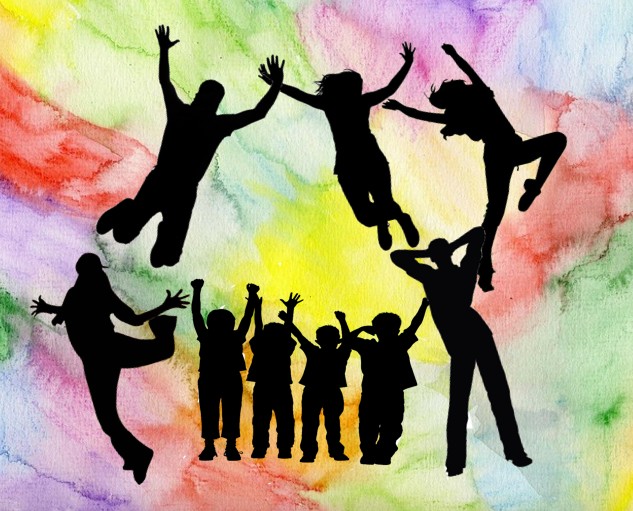 Many times I’ve been asked “how do you motivate students”? This is usually during the time when the newness of the exercises wear off and it’s clearly drudgery that takes over. This might happen during week one (sigh) or perhaps pop up in week three. If you’re lucky, you won’t see the effects for quite some time.
Many times I’ve been asked “how do you motivate students”? This is usually during the time when the newness of the exercises wear off and it’s clearly drudgery that takes over. This might happen during week one (sigh) or perhaps pop up in week three. If you’re lucky, you won’t see the effects for quite some time.
One of the challenges of any program especially one using technologies, is that teachers expect the program to be the motivator and all they have to do is get the student into the building. While Fast ForWord does have embedded bells and whistles, when you hit the wall, it just isn’t enough. No amount of pings, pops or flashy action figure is going to encourage you once you’ve heard the dreaded ‘clunk’ for the tenth time.
My secret to the universe is really no secret at all. It is simply … “relationships“. Relationships that build from being the champion of the individual student. It is overt and open and honest, not simply implied. In good times and bad. Students need to know that you are the ‘wind beneath their wings’, especially when they get tired and frustrated. The act of learning to read is a strenuous workout for the brain (equal to a marathon run). Knowing that you have a safe harbour to rest, gain strength and much needed encouragement goes a long way. Put another way, Bev Ogilvie says,
“connectedness makes the world go round. It brings out creativity and helps everyone around us flourish. … It engenders hope, rekindles our inner light and allows us to feel joy. Our power comes from who we are, not from what we do or what we have.” [ConnectZone.org. p.162]
These words ring even more powerful as we race through our busy days. Sometimes I feel it takes super powers to stop, remind ourselves to purposefully and intentionally take the initiative to connect deeply with our students, to listen with open hearts and in doing so, help them feel they have a belonging place. Relationship is foundational to the process of learning. However I have no right way to go about this. How do you go about building relationships or connections with your students? Would love your comments or suggestions.




I have been teaching in Burnaby since 1989, mostly as an intermediate teacher, but in the later years, I did work with ELL children and currently I am an LSS teacher. I have learned a lotaround the personalities of children and continue to do so.
I used to think that connecting with children was allowing them
to talk about their feelings. But I have realized that this is only a small part of it. Connections, in my opinion, needs to be in several areas:
a. Helping students connect to their strengths and encouraging them to accept that….some children honestly think they are not good at anything….sad, but true. Then letting them see my own strengths.
b. Helping students connect to their areas of need….as an LSS teacher, half the battle for me is helping kids accept that they struggle in reading or Math and that’s okay. Then letting them see what I need to work on.
c. Connecting to their parents…..when you work as a team, it greatly benefits the child…..and that doesn’t mean not being honest….just checking in more often.
d. Allowing students to see that teachers are human and make mistakes. When I say sorry to students, I often hear them say, “That’s okay. I make mistakes too.”
As teachers, however, finding the time to do this is challenging with all the needs we have in a classroom and also with all these expectations parents have which can be sometimes unreasonable.
But a boy in one of my LSS groups was watching how I interacted
with another special needs student who was feeling anxious. His mom later told me that he was connecting to me as he watched how I connected to this other student. What I learned from that is that connection doesn’t need to be just one on one. You can touch students individually as you work with an entire group.
Finally, I may not always connect successfully with a child, but that doesn’t mean that someone else in the school won’t. And that’s all that really matters.
Thank you Toni for your thoughtful words. They help me to reframe and grow my thinking. There are many ways to connect. More importantly, both our students and staff (dare I say) needs to feel that they “matter” and that they’re heard and seen. That’s what our staffs do each and every day and it is more important than anything else we do. Thank you for being there for our students.
Thank you Brian. It never ceases to amaze me that when we stop and look in front of us that we are offered an incredible opportunity to make a connection. In our eyes, it may be big or it may be small – we will never know just how big it was in the eyes of the other individual. The world needs people like you.